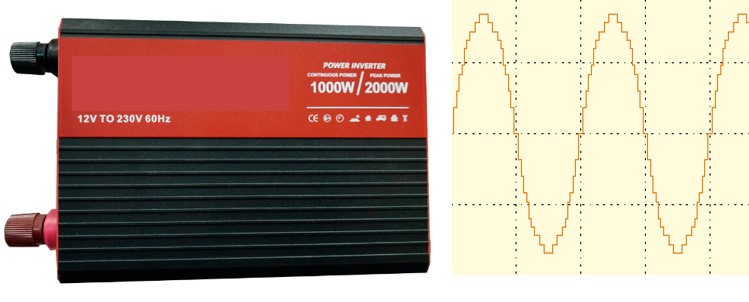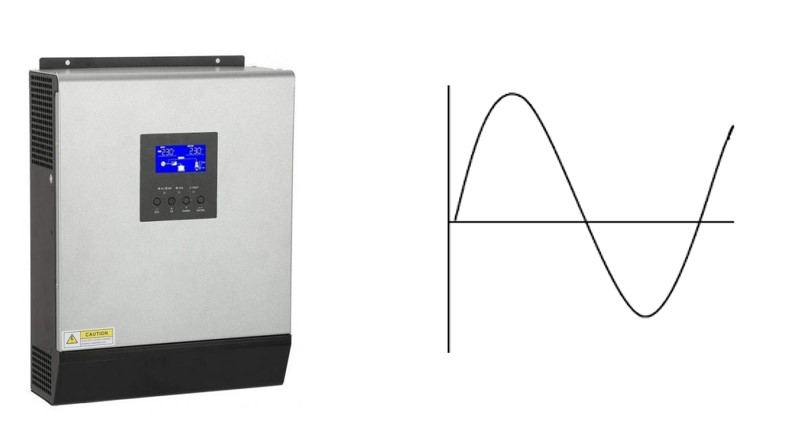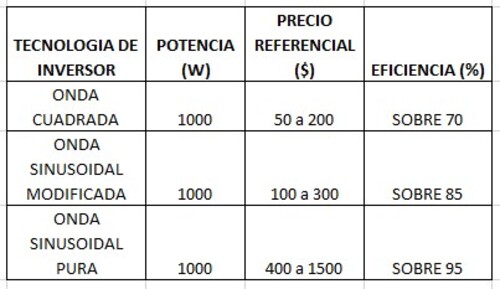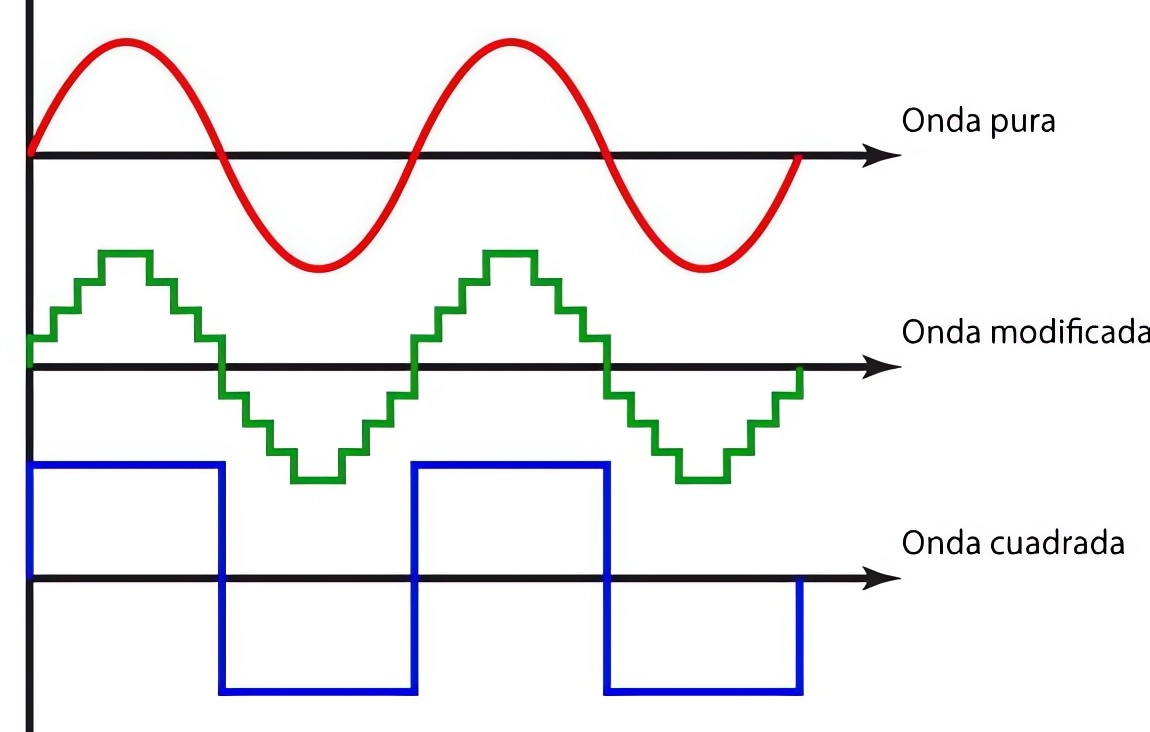Solar Energy
Inverter technology that suits me according to price and efficiency
The choice of the right inverter is of immense importance, both for your budget and for efficiency and usage. In this post, we will discuss the inverter technology that suits me according to price and efficiency.
Keep in mind that this equipment is the heart of the photovoltaic system. Without it, you wouldn’t be able to harness the solar energy your panels generate at home.
We provide a price and efficiency comparison among the three technologies so you can choose the one that truly meets your needs at a lower cost.
We also invite you to read our post Inverter technology that suits me according to the connected equipment. This is another important aspect to consider when acquiring the inverter that best fits your photovoltaic system.
The most economical inverter technology

Square wave inverter technology is the most cost-effective and oldest. It employs analog electronic components, but it comes with several drawbacks. The most critical issue is the presence of abrupt changes in voltage and current in its output signal.
These characteristics make square wave inverters unsuitable for powering equipment that demands high-quality energy. Particularly devices with digital electronic components and motors of any size, including appliances like washing machines, dryers, and refrigerators.
Additionally, square wave inverters have very low energy efficiency, typically around 70%. This is mainly due to the low-performance conversion processes carried out by their electronic components. Resulting in significant energy loss during the transformation.
It’s important to note that square wave inverters can only be used in very specific scenarios with particular electrical loads. Therefore, they are not recommended for extensive applications.
Nevertheless, it’s worth reiterating that square wave inverters are the most economical choice. If your equipment is older and your solar system is oversized, this inverter type could be the ideal and budget-friendly solution for you.
For more information on square wave inverters, you can refer to our post Square wave inverter: what you need to know.
If you’re willing to invest a bit more money

Modified sine wave inverters are the most commonly used in hybrid-type residential solar systems. They are particularly well-suited for powering loads that don’t have motors.
In terms of price, they are more affordable than pure sine wave inverters but cost more than square wave inverters. Their energy efficiency is quite acceptable, typically around 85%.
This makes them an excellent balance between price and value, making them a great choice for a hybrid solar system due to their solid performance.
For more in-depth information about modified sine wave inverters, you can explore our article Modified sine wave inverter: what you need to know.
The Best Choice: Pure Sine Wave Technology

This inverter technology is the best of all. Its output waveform makes it ideal for all types of loads that require high-quality and inductive power. This includes equipment with motors like air conditioners, refrigerators, and dryers.
Pure sine wave inverters are immune to harmonic waves and other electrical aberrations produced by motors during startup.
In fact, solar inverters are constructed using this technology and are used for high-power and autonomous photovoltaic systems.
This allows your home to be entirely independent from the conventional electrical grid. Furthermore, their energy efficiency is typically over 95%.
They usually include many additional features that are not found in other types of inverters. However, as you might expect, their cost is considerably higher and can be up to four or more times that of a similarly powered modified sine wave inverter.
This equipment is suitable if you want to install a photovoltaic system in your home with more than 3000 W and be able to connect any household appliance.
It is also a good choice if you want your photovoltaic system to provide power to your entire home in the absence of commercial electricity.
Finally, it’s essential to remember that no matter which inverter you choose, make sure to select a high-quality one. This way, you’ll enjoy the best benefits, and your solar energy system will serve you without problems for many years.
You can find more details about pure sine wave inverters in our article Pure sine wave inverter: features and operation .
Comparative Table
In the following table, we present you with the approximate reference price of a 1000W inverter for the three technologies.

We invite you to review all the content we have for you at energydcac. You’ll find the best information to become an expert in solar energy and DC. Visit us, and you’ll see!

